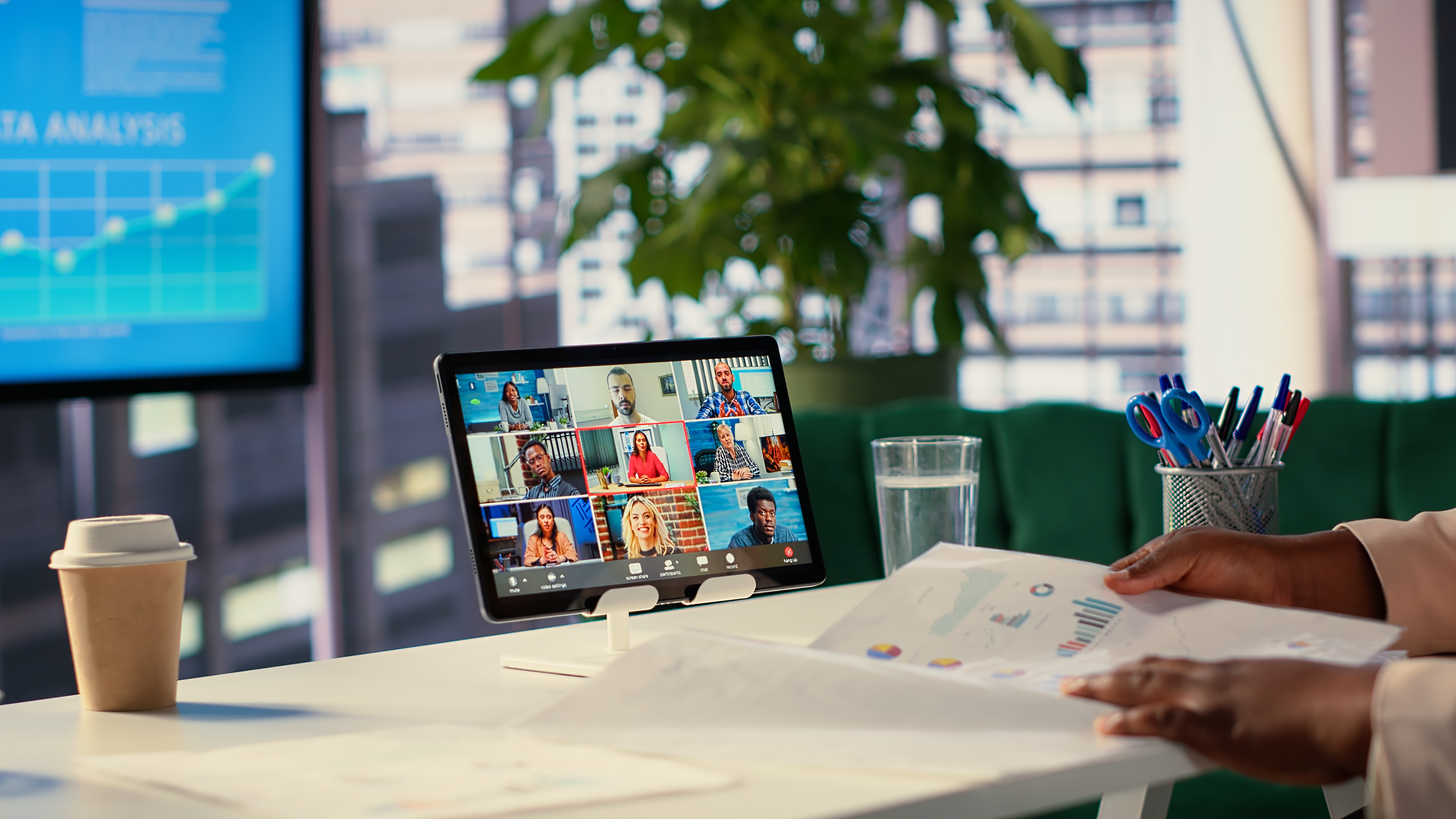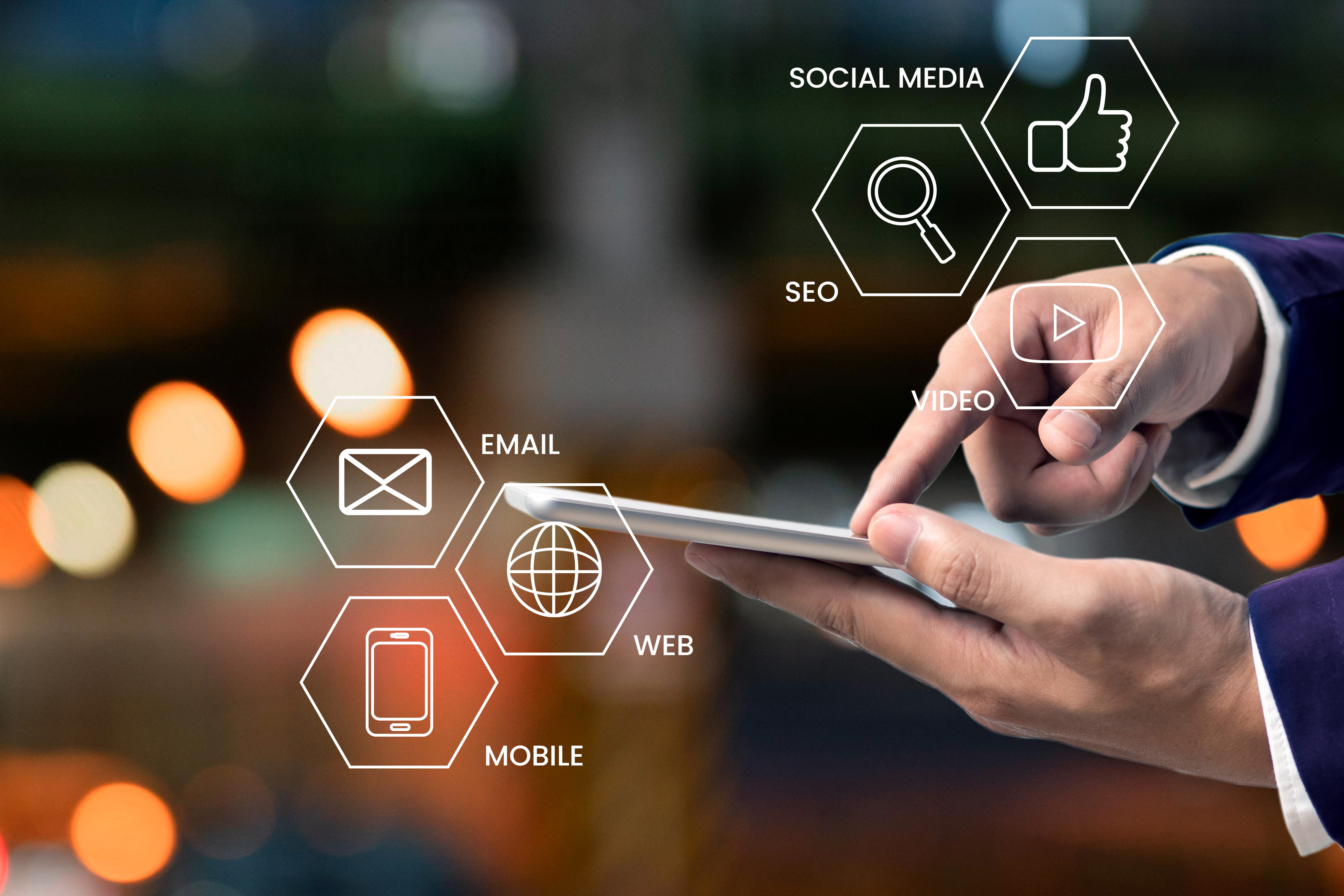Featured Blogs

29 November 2025 What We Learned in 2025: How Singapore’s Regulatory Push and AI-Driven Systems Reshaped B2B Lead Generation

29 November 2025 From Bulk List to Buyer Intelligence: When Enterprises Are Partnering With Smart B2B Contact Data Providers

28 November 2025 Why Predictive Intent Will Replace Traditional Lead Scoring by 2026

28 November 2025 From Awareness to Pipeline: How Leading Webinar Marketing Agencies Drive Real Sales Impact

26 November 2025 How the Right b2b Database Provider in Malaysia Can Power Regional Growth Across ASEAN
Archives

29 November 2025 What We Learned in 2025: How Singapore’s Regulatory Push and AI-Driven Systems Reshaped B2B Lead Generation

29 November 2025 From Bulk List to Buyer Intelligence: When Enterprises Are Partnering With Smart B2B Contact Data Providers

28 November 2025 Why Predictive Intent Will Replace Traditional Lead Scoring by 2026

28 November 2025 From Awareness to Pipeline: How Leading Webinar Marketing Agencies Drive Real Sales Impact

26 November 2025 How the Right b2b Database Provider in Malaysia Can Power Regional Growth Across ASEAN

31 October 2025 What Makes a B2B Sales Intelligence Platform Essential in 2025?

27 October 2025 Why Should B2B Firms Rely on Demand Generation Companies in 2025?

24 October 2025 How Can Digital Marketing Services in Singapore Strengthen Brand Visibility?

24 October 2025 What Sets the Best Digital Marketing Agency in Malaysia Apart from the Rest?

23 October 2025 What makes a B2B Contact Database Provider Essential for Global Outreach?

30 September 2025 Channel Enablement Strategies with a Partner Marketing Agency

29 September 2025 B2B Sales Lead Generation Strategies That Actually Work in 2025
Sign up for our Sales Blog newsletter
Partner With Us
Fuel your Sales Pipeline with Qualified Leads and Close More Deals at Scale





